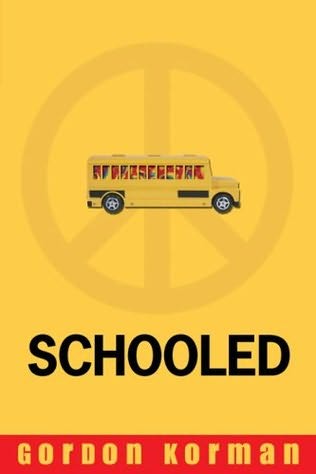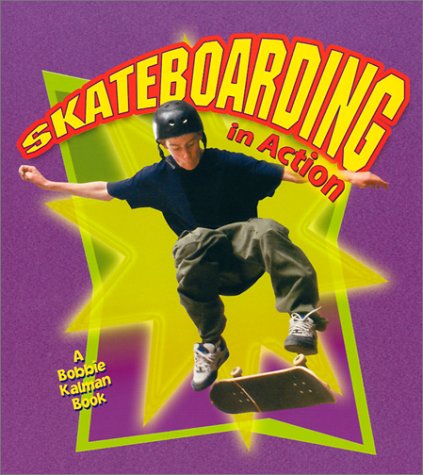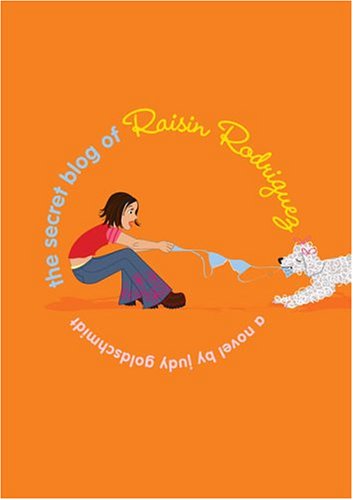
Riordan, R. (2005). The Lightning Thief. New York, NY: Hyperion Books.
Plot Summary:
Percy has spent most of his twelve years bouncing around from school to school struggling with his ADHD and dyslexia. It is at his final school that Percy is attacked by one teacher Ms. Dodds and aided by another teacher, Mr. Brunner. Ms. Dodds disappears and is mysteriously forgotten and not mentioned. After the school year Percy returns to his mom's apartment with her awful husband Smelly Gabe. He and his mom set off on a trip to the seashore, but their visit is cut short with the appearance of Percy's schoolmate, Grover, who alerts them that they are in danger and beckons them to leave with him. As they head towards safety, the three are pursued by a Minotaur who kills Percy's mother and injures he and Grover. Percy awakens at Camp Half-Blood where he learns that he is a demi-god and his teacher Mr. Brunner is really Chiron and his friend Grover is a satyr. At the camp Percy meets other demi-gods, is informed of the existence of Zeus and other gods and goddesses, he trains for battle, and is claimed by Poseidon as his son. Percy soon learns that there is great unrest among the gods as Zeus' master bolt has been stolen and blames Percy, son of Poseidon, but Chiron believes it was Hades who stole the bolt. Therefore Percy is sent on a quest to retrieve the master bolt before the summer solstice and prevent a battle between the gods. Percy sets out on his quest with the help of Grover and fellow demi-god, Annabeth, daughter of Athena. On their quest to the underworld the group encounters and outwits Medusa, the Furies, and Ares before locating the master bolt and discovering the unexpected culprit and learning that his mother might not have been killed after all.
Review:
I could see myself getting easily hooked on this series. I love mythology and loved reading the descriptions of the modern day appearances of the gods and monsters. Rick Riordan includes a lot of humor in the book through his depiction of the gods, such as Medusa owning "Auntie Em's Garden Gnome Emporium" or Ares and Aphrodite rendezvousing on an abandoned Tunnel of Love amusement park ride. The plot of the book is similar to the Harry Potter and Earthsea series, where a boy finds out he is not normal, receives some schooling on the matter, and then sets off to right what has been wronged. But, although this plot has been written many times, the characters are different and the quest is new and exciting to follow.
Genre:
fantasy, adventure, mystery
Reading Level:
Ages 9 - 12
Subjects/Themes:
mythology, good versus evil, Attention Deficit Hyperactivity Disorder, dyslexia, self-identity
Series Information:
This is the first book of the Percy Jackson and the Olympians series.
Character Names/Descriptions:
Perseus Jackson (Percy): 12 year-old boy; discovers he is the son of Poseidon; has ADHD and dyslexia - common attributes of demi-gods; must go on a quest to find the master bolt and return it to Zeus
Sally Jackson: Percy's mom; appears to have been killed, but turns out was not
Chiron, Mr. Brunner: Percy's teacher in a motorized scooter at his last school; Chiron, the centaur in his actual appearance; helps run Camp Half-Blood; guides Percy on his quest
Grover Underwood: a satyr who was disguised as a schoolmate to protect Percy; goes with Percy on his quest
Annabeth Chase: demi-god daughter of Athena; assists Percy on his quest
Luke: demi-god son of Hermes; counselor at Camp Half-Blood; chooses to serve Kronos and turn his back on his father
Gabe Ugliano (Smelly Gabe): Percy's stepfather; is mean to Percy and his mother; he smells really bad
Ares: god of war; turns out to be serving Kronos
Poseidon: father of Percy; accused by Zeus to have stolen his master bolt
Zeus: had his master bolt stolen; accuses Percy to have stolen it for Poseidon
Hades: is thought to have stolen the master bolt from Zeus; captured Sally Jackson
Kronos: father of Zeus, Poseidon, and Hades; got Luke to steal the master bolt
Annotation:
After discovering he is the son of Poseidon, Percy goes on a quest to retrieve Zeus' stolen master bolt from Hades to prevent a battle among the gods.











